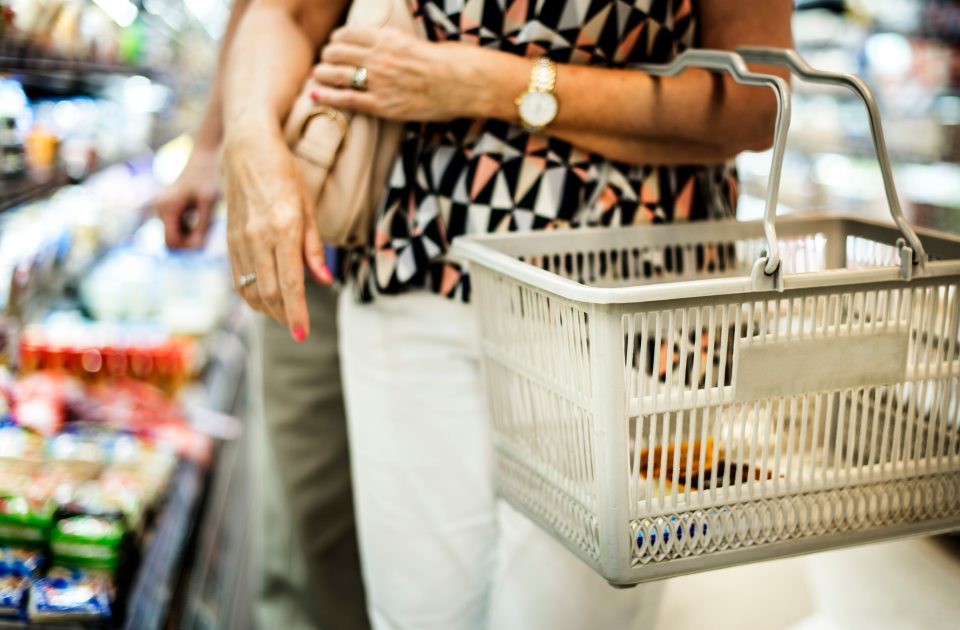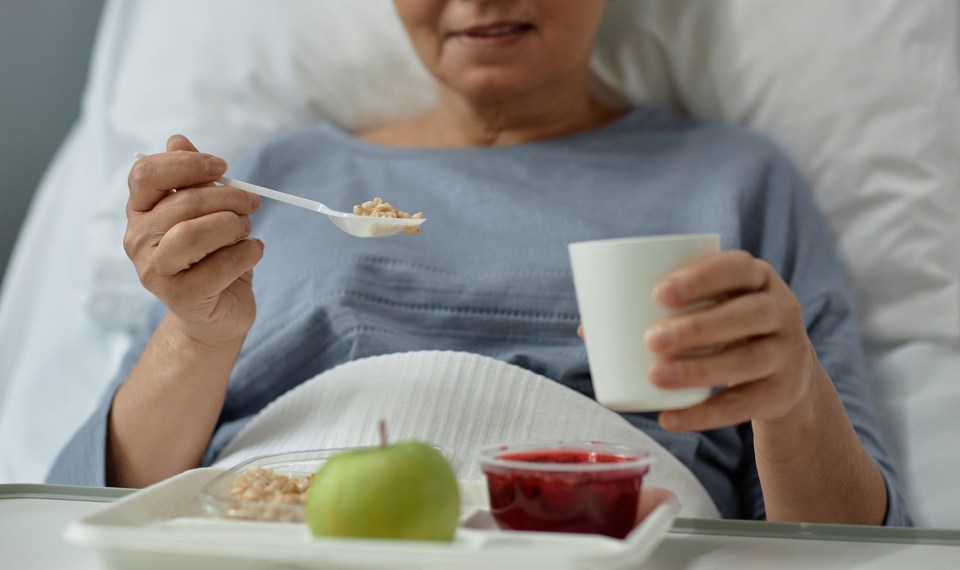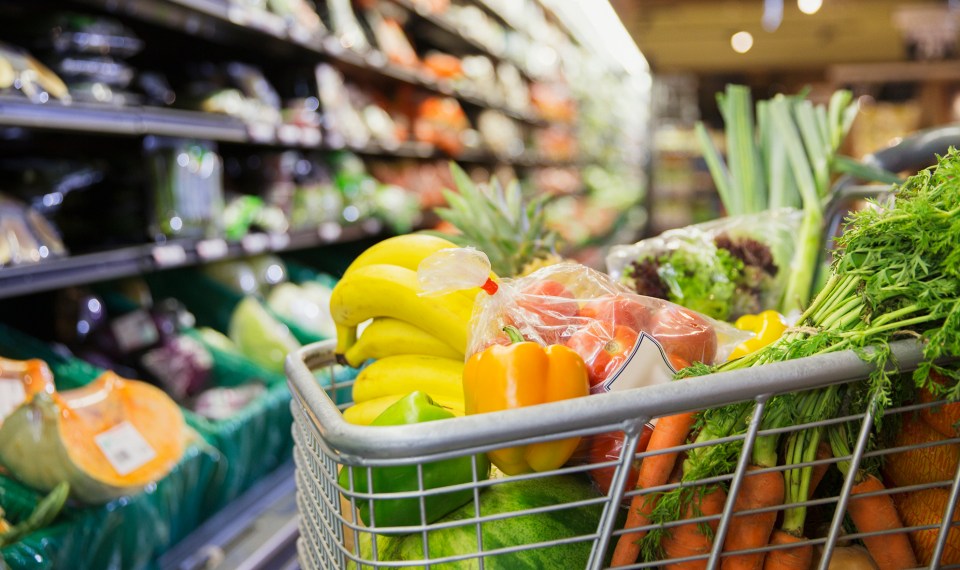Since the year 2000, the number of older adults living with food insecurity has doubled. Food insecurity is more than just going hungry, although that can be a big part of it.
The term food insecurity is defined as not having a reliable or adequate access to affordable or nutritious food. Some older adults have enough food, but perhaps due to financial or physical constraints, they cannot purchase nutritious foods like fresh fruits, vegetables or meats.
In 2017, almost 8% of homes in the U.S. with an adult 65 years or older experienced food insecurity. Close to 9 million older adults state that they do not know where they will get their next meal. Just last year, a study published in The Journal of the American Geriatric Society found that if a senior citizen participated in both Medicaid and Medicare, the rate increased to over 25%.
It is shocking to realize that 1 out of 4 financially-vulnerable older adults in the United States cannot get enough healthy food to eat.
The research discovered the following additional risk factors that increased food insecurity among older adults:
- Being female
- Being single
- Tobacco or alcohol use
- Hypertension (high blood pressure)
- Diabetes
- Depression
- Hospitalization or ER visit in the previous year
- Nursing home stay in the previous year
- Oral or dental problems
- “No one to call for help”
- Limitations with activities of daily living (ADLs)
Rates of food insecurity also varied according to geographical region. Those living in the southern United States were much more likely to go hungry. In fact, nine of the 10 states that had the highest rates of food insecurity are located in the South.
Race was also a factor. For Caucasian older adults, only 7% are food insecure, but this greatly increases among African Americans (17%) and Hispanics (18%).
In contrast to clinicians in the hospital setting, home health and hospice clinicians have a unique opportunity to observe what is happening in the home. They often observe patients while eating meals. They see their kitchens, refrigerators, pantries, meal trays and trash cans.
Home health and hospice clinicians can be an indispensable factor in identifying vulnerable patients and helping them connect to resources in their community. Although it might be embarrassing for a patient to confess that they are going hungry or having to decide between paying for rent or food, a sincere, patient-centered, empathic approach might assist this conversation.
A statement like the one below might be a good start:
“I am here to help you recover your strength and heal. Eating nutritiously is critical to give your body what it needs to do that. Will you allow me to help you find some ways to get the nourishment that you need?”
If your patient has food insecurity, there are several resources to explore, with permission from the patient:
- Extended families or friends: A patient might have family members or friends who could alternate bringing in meals or groceries. Many times, they are unaware that their loved one is going hungry or cannot afford food. Most of the time, the donated food or meal comes with a social visit, which is an added bonus.
- Local food pantries: Most communities have local food pantries and some even have special programs like delivery services for seniors.
- Meals on Wheels: This is a wonderful service that delivers one hot meal a day. It is operational in all 50 states. However, due to budget cuts, not every older adult qualifies. People who deliver the meals in this program get to know their recipients and check on them daily.
- Supplemental Nutrition Assistance Program (SNAP), previously known as food stamps: Only 42% of eligible older adults receive SNAP benefits. In contrast, 85% of non-elderly eligible people participate. Home health and hospice clinicians need to assess the barriers to participation and help patients overcome them.
- Religious organizations: If the patient belongs to a religious community, this organization might have resources or be willing to assist with providing nourishment.
- Community programs for older adults: Each community has different programs for seniors. Some might involve financial assistance for meals or nutrition.
- Grocery and meal delivery businesses: There are a myriad of new food delivery programs, some especially for older adults. Although very convenient, the service usually comes with a hefty price tag. The average home delivered meal costs at least $12 per person. This service would be a good option when the only cause of food insecurity is physically getting or preparing the food, not financial constraints.
The content of this site is for informational purposes only and should not be taken as professional medical advice. Always seek the advice of your physician or other qualified healthcare provider with any questions you may have regarding any medical conditions or treatments.



